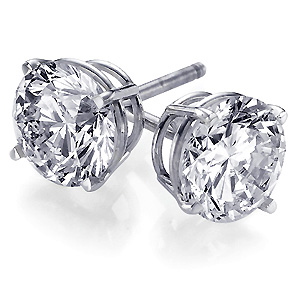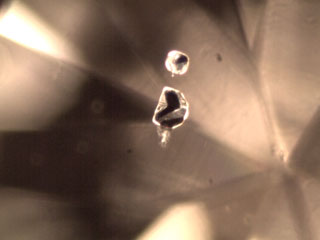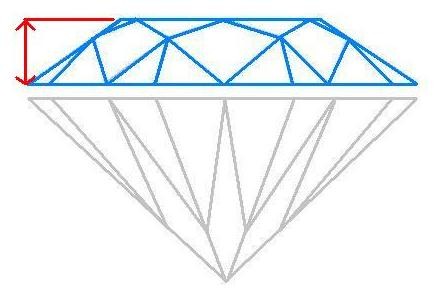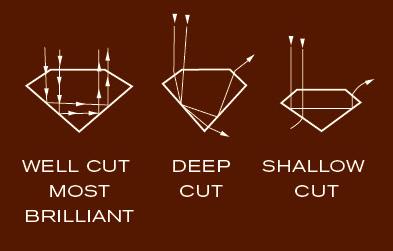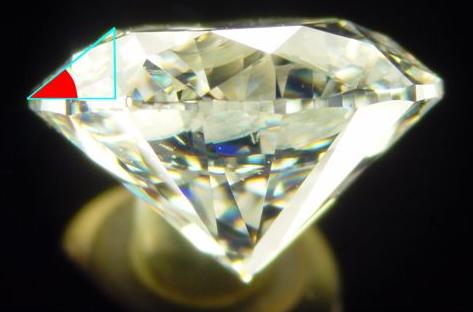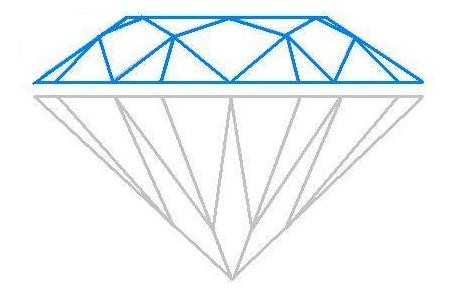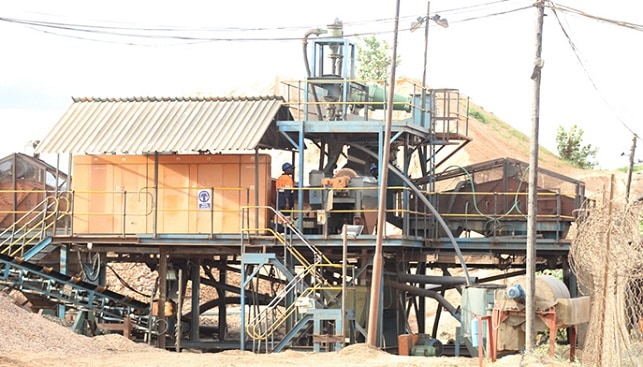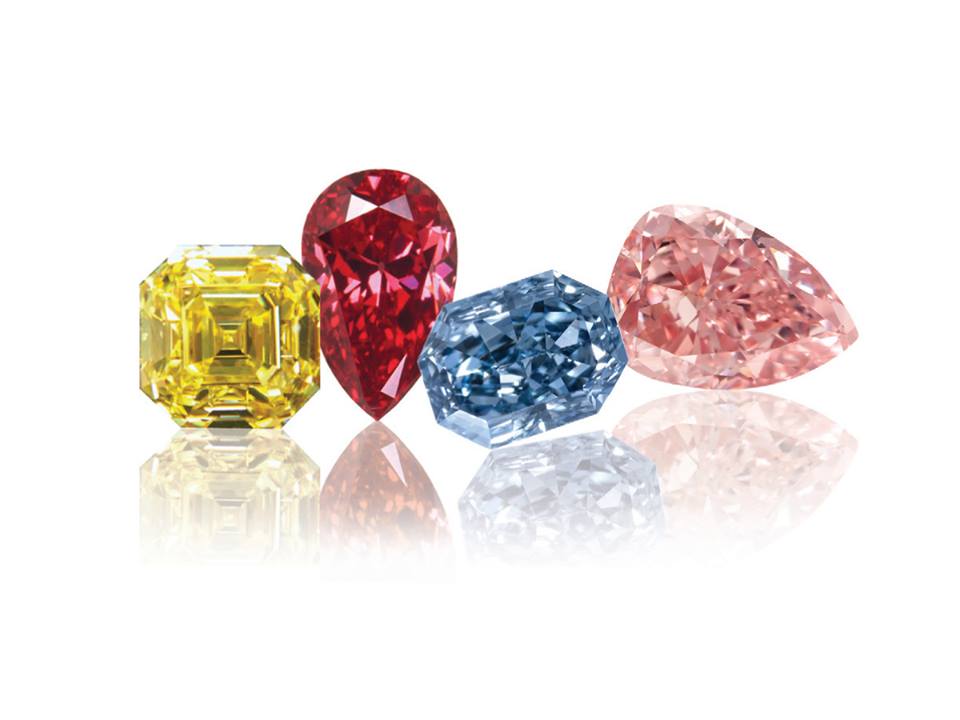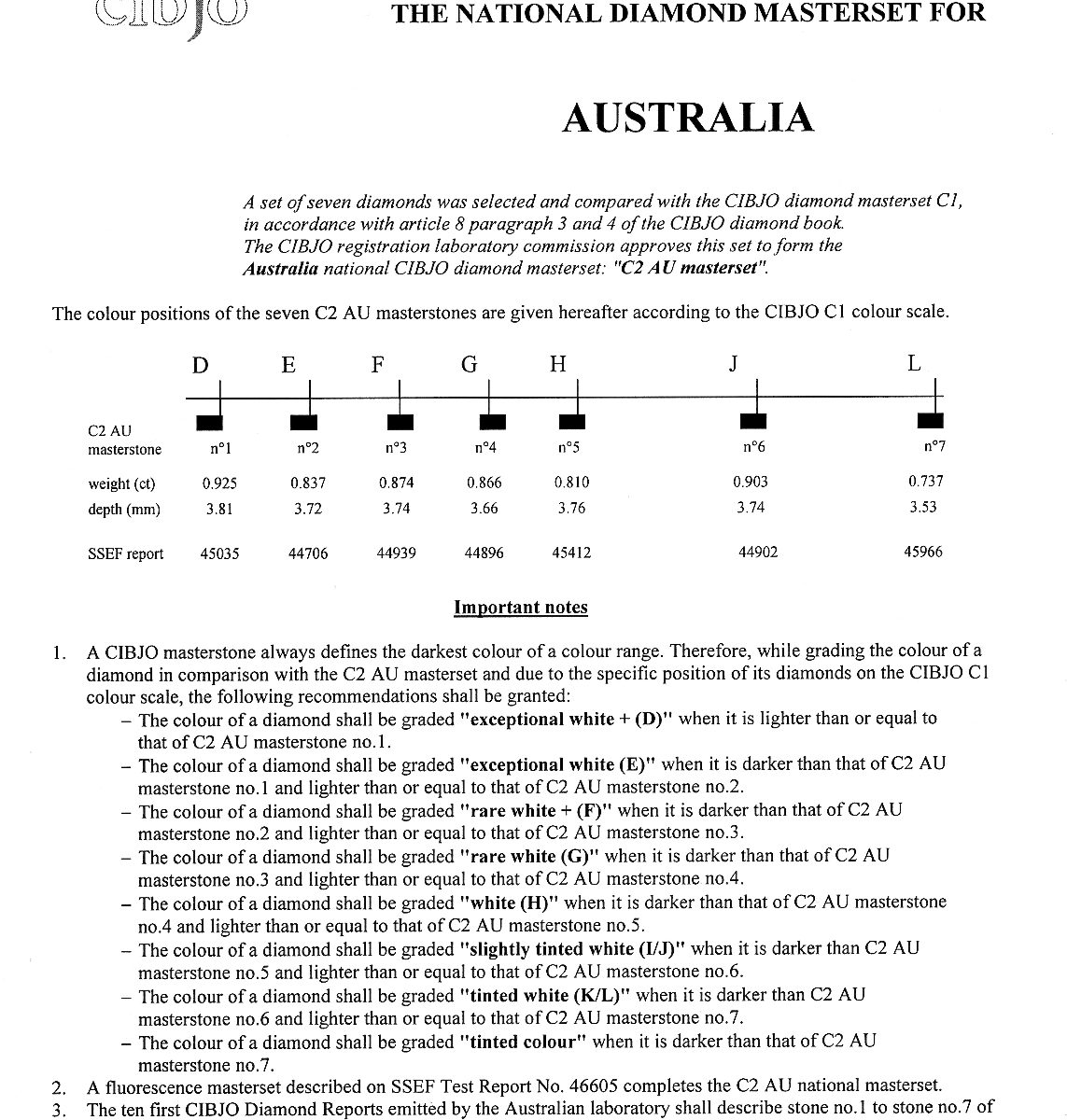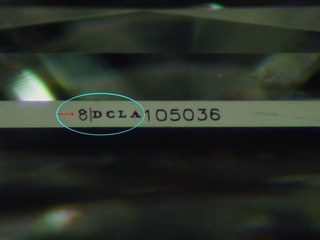Cubic Zirconia (CZ) is a synthetic gemstone that is often used as a diamond simulant. It is made from zirconium dioxide (ZrO₂) and is commonly used in jewelry as an affordable alternative to diamonds due to its striking resemblance to them.
Key Points about Cubic Zirconia:
Composition:
Cubic zirconia is composed of zirconium dioxide and is typically created through a synthetic process. The crystal structure of cubic zirconia is cubic, which is where it gets its name from.
Cubic zirconia is artificially manufactured in laboratories, making it more affordable and accessible compared to diamonds, which are naturally occurring.
Appearance:
Cubic zirconia is colorless and has a similar brilliance and sparkle to diamonds, which is why it’s often used in jewelry as a diamond substitute.
It can also be created in a variety of colors, such as pink, blue, green, and others, by adding different metal oxides during the manufacturing process.
While CZ can appear similar to a diamond at first glance, it lacks the same level of fire (colored light dispersion) and is generally less durable than a diamond.
Durability:
One of the biggest differences between cubic zirconia and diamonds is their hardness. Cubic zirconia has a hardness of 8 to 8.5 on the Mohs scale, whereas diamonds are the hardest natural substance, scoring a 10.
Because of this, cubic zirconia is more prone to scratching and wearing down over time, especially when compared to diamonds, which maintain their shine and surface integrity much longer.
Weight:
Cubic zirconia is heavier than diamonds. This means that a cubic zirconia stone of the same size will weigh more than a diamond of the same size. This weight difference can sometimes be noticeable when comparing stones of similar size and shape.
Cost:
Cubic zirconia is significantly more affordable than diamonds. While the price of diamonds can be quite high due to their rarity and the complexities involved in their formation, cubic zirconia is a much cheaper option and is widely available.
CZ is commonly used in fashion jewelry, where the appearance of a diamond is desired, but the cost of an actual diamond is not necessary or desired.
Clarity:
Cubic zirconia is often created in a way that makes it free of inclusions or very clean in appearance. Unlike natural diamonds, which often contain inclusions (called blemishes or inclusions), cubic zirconia typically has perfect clarity.
While diamonds can have unique inclusions that add to their value and identity, CZ’s flawless appearance can sometimes be a disadvantage in terms of authenticity because it lacks the natural imperfections that make diamonds unique.
Uses:
Jewelry: Cubic zirconia is often used in rings, earrings, necklaces, and bracelets as a diamond substitute. It’s particularly popular in engagement rings, wedding bands, and costume jewelry.
Affordable Alternative: People who want the appearance of a diamond but don’t want to spend the high cost may choose cubic zirconia as an alternative.
Optical Properties:
Brilliance: Cubic zirconia is known for its high brilliance (sparkle), as it reflects light well, similar to diamonds. However, it has a higher dispersion than diamonds, which means it can exhibit more colorful flashes of light, often seen as a rainbow effect.
Fire: Although cubic zirconia has more fire than a diamond, it is generally considered less desirable in this regard compared to the subtle, refined fire diamonds produce.
Maintenance:
Since cubic zirconia is softer and more prone to scratching, it may require more care and maintenance than diamonds. Over time, CZ can lose its luster due to scratches and build-up of oils and grime.
Regular cleaning is recommended to maintain its appearance, and it’s advised to store cubic zirconia jewelry separately to prevent scratches.
Distinguishing from Diamonds:
Despite its close resemblance to diamonds, there are several ways to distinguish cubic zirconia from diamonds, such as by examining the weight, hardness, fire, and brilliance.
Gemological Testing: Professional gemologists use specific tools, like a diamond tester or refractive index measurement, to accurately identify cubic zirconia from diamonds.
Summary:
Cubic Zirconia (CZ): A synthetic gemstone made from zirconium dioxide, used as a diamond simulant due to its similar appearance but lower cost.
Hardness: CZ has a hardness of 8-8.5 on the Mohs scale, much lower than diamonds (10), making it more susceptible to scratches.
Appearance: CZ is colorless and exhibits a high level of brilliance, but it has more fire than diamonds, often appearing to have more colorful flashes of light.
Cost: CZ is much more affordable than diamonds, making it a popular choice for fashion jewelry and costume pieces.
Durability: Less durable than diamonds due to its lower hardness, CZ can wear down and scratch more easily.

